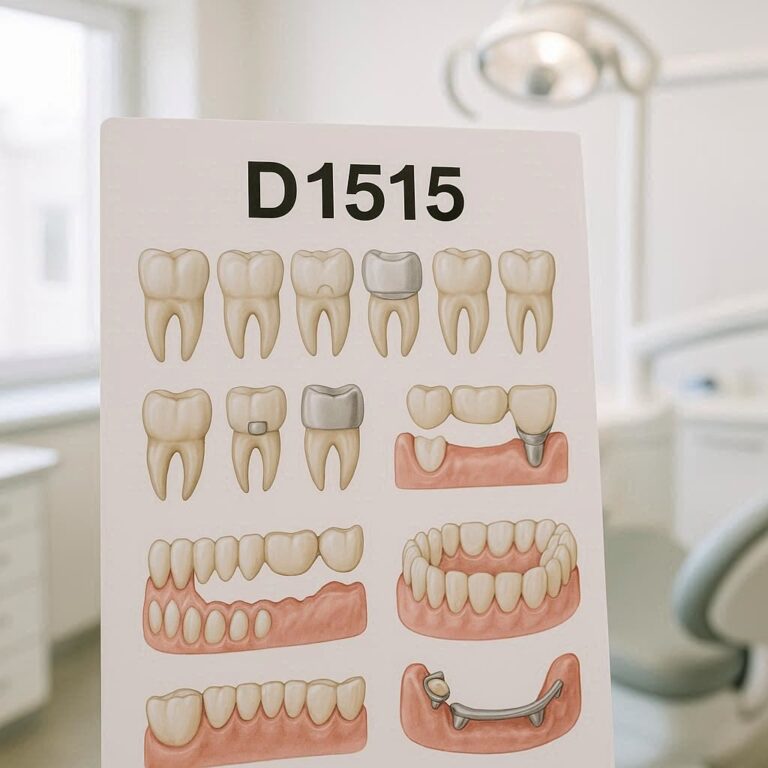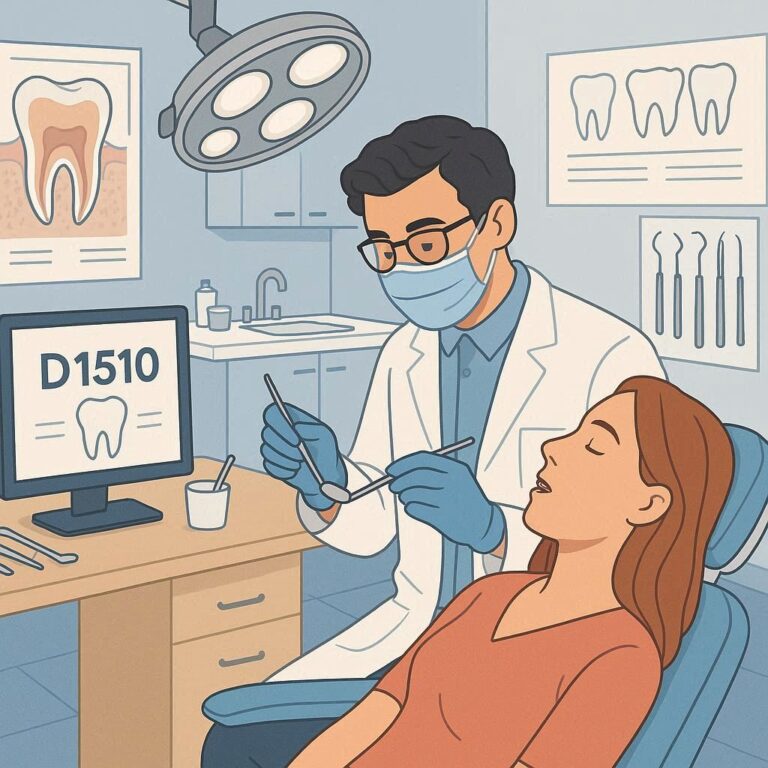dental wax up code
Importance of Diagnostic Wax-Ups in Dental Practice
Diagnostic wax-ups are an integral part of modern dental practice, offering a visual and functional preview of the planned dental restorations. They serve as a crucial tool for both dentists and patients, providing a tangible representation of the treatment outcomes. The use of diagnostic wax-ups helps in improving treatment accuracy, patient satisfaction, and overall clinical success.

Overview of Dental Codes Related to Wax-Ups
Dental procedures, including diagnostic wax-ups, are assigned specific codes that facilitate accurate billing, insurance processing, and standardization of treatment documentation. These codes, particularly those established by the American Dental Association (ADA), play a vital role in ensuring consistent communication and record-keeping within the dental industry.
2. Understanding Diagnostic Wax-Ups
What is a Diagnostic Wax-Up?
A diagnostic wax-up is a detailed three-dimensional representation of the planned dental restoration, created using wax. This model serves as a blueprint for the final restoration, allowing dentists to assess and refine the treatment plan before proceeding with irreversible procedures.
Purpose and Applications in Dental Treatment Planning
Diagnostic wax-ups are used for various purposes, including:
- Treatment Planning: They provide a visual guide for the dentist and the patient, helping in the planning of complex restorative and cosmetic treatments.
- Communication: Wax-ups facilitate clear communication between the dentist, the patient, and the dental laboratory, ensuring that all parties have a shared understanding of the treatment goals.
- Education: They are also used as educational tools in dental schools and training programs to demonstrate various restorative techniques.
Materials and Techniques Used in Diagnostic Wax-Ups
The materials commonly used for diagnostic wax-ups include dental wax, which is carefully sculpted to replicate the desired restoration. Techniques for creating wax-ups range from traditional hand-sculpting to advanced digital methods using CAD/CAM technology.
3. Dental Code for Diagnostic Wax-Up
Overview of Dental Coding Systems
Dental coding systems, such as the Current Dental Terminology (CDT) codes maintained by the ADA, are essential for categorizing and billing dental procedures. These codes ensure uniformity in treatment documentation and facilitate communication between dental professionals, insurance companies, and patients.
ADA Code for Diagnostic Wax-Up
The ADA provides specific codes for diagnostic procedures, including wax-ups. Understanding and correctly applying these codes is crucial for accurate billing and documentation.
International Coding Standards
Beyond the ADA, international coding standards also exist, which may vary by country. Understanding these variations is important for dental practitioners working in or with international patients.
4. Detailed Analysis of ADA Code for Diagnostic Wax-Up
Description of ADA Codes Relevant to Wax-Ups
The ADA code relevant to diagnostic wax-ups is D2975. This code specifically pertains to “Interim Provisional Crown,” which involves a diagnostic wax-up as part of the provisional restoration planning process.
Application of ADA Codes in Clinical Practice
Correct application of ADA codes in clinical practice is essential for accurate billing and documentation. Misuse or misunderstanding of these codes can lead to billing errors and insurance claim denials.
Case Studies and Examples
Several case studies illustrate the application of ADA codes in various dental procedures involving diagnostic wax-ups. These examples highlight the importance of accurate coding in successful treatment outcomes.
5. Benefits of Diagnostic Wax-Ups
Enhancing Treatment Planning Accuracy
Diagnostic wax-ups allow for precise planning of dental restorations, reducing the likelihood of errors during the actual procedure. They help in visualizing the final outcome and making necessary adjustments beforehand.
Improving Patient Communication and Understanding
By providing a tangible representation of the treatment plan, wax-ups enhance communication between the dentist and the patient. Patients can better understand the proposed treatment, leading to higher satisfaction and acceptance rates.
Customization and Personalization in Dental Restorations
Wax-ups enable dentists to tailor the restoration to the specific needs and preferences of the patient, ensuring a personalized approach to dental care.
6. Challenges in Diagnostic Wax-Ups
Common Issues Encountered During Wax-Up Procedures
Some common challenges in diagnostic wax-ups include inaccuracies in the wax model, time-consuming procedures, and the need for skilled craftsmanship.
Solutions and Best Practices for Overcoming Challenges
Implementing best practices, such as using high-quality materials, employing skilled technicians, and integrating digital tools, can help overcome these challenges and ensure successful outcomes.
7. Advanced Techniques in Diagnostic Wax-Ups
Digital Wax-Ups and CAD/CAM Technology
The advent of digital technology has revolutionized diagnostic wax-ups. CAD/CAM systems allow for the creation of highly accurate digital wax-ups, which can be easily modified and reproduced.
3D Printing in Diagnostic Wax-Ups
3D printing technology is increasingly being used in dental labs to produce precise wax-ups quickly and efficiently. This technology offers numerous advantages, including reduced turnaround times and enhanced accuracy.
Comparison Between Traditional and Digital Wax-Ups
While traditional wax-ups require manual skill and are time-consuming, digital wax-ups offer greater precision, efficiency, and ease of modification. However, the choice between the two depends on the specific needs of the case and the preferences of the dentist.
8. Integration of Diagnostic Wax-Ups in Dental Workflow
Step-by-Step Process of Incorporating Wax-Ups in Treatment Planning
Integrating wax-ups into the dental workflow involves several steps, from initial patient consultation to final restoration placement. Each step is critical to ensuring the success of the treatment.
Role of Wax-Ups in Complex Dental Cases
In complex cases, such as full-mouth reconstructions or extensive cosmetic procedures, wax-ups play an essential role in guiding the treatment process and ensuring predictable outcomes.
Collaboration Between Dental Professionals for Optimal Results
Effective collaboration between the dentist, dental technician, and patient is key to achieving optimal results with diagnostic wax-ups. Clear communication and shared decision-making are crucial components of this process.
9. Cost Considerations for Diagnostic Wax-Ups
Factors Influencing the Cost of Wax-Ups
Several factors influence the cost of diagnostic wax-ups, including the complexity of the case, the materials used, and the expertise required.
Insurance Coverage and Reimbursement for Wax-Ups
Understanding insurance coverage and reimbursement policies for diagnostic wax-ups is essential for both patients and practitioners. Insurance providers may have specific requirements for coverage, and accurate coding is necessary for reimbursement.
Cost-Benefit Analysis for Patients and Practitioners
A cost-benefit analysis can help patients and practitioners weigh the costs of wax-ups against the benefits, such as improved treatment outcomes and higher patient satisfaction.
10. The Future of Diagnostic Wax-Ups
Emerging Trends and Innovations in Wax-Up Techniques
The field of diagnostic wax-ups is continuously evolving, with new techniques and technologies emerging to improve accuracy and efficiency. Keeping abreast of these trends is important for dental professionals.
The Impact of Technology on Wax-Up Practices
Technology, particularly digital tools and 3D printing, is having a significant impact on wax-up practices, offering new possibilities for customization and precision.
Predictions for the Future of Diagnostic Wax-Ups in Dentistry
The future of diagnostic wax-ups is likely to be shaped by ongoing technological advancements, greater integration of digital tools, and a continued emphasis on patient-centered care.
11. Frequently Asked Questions (FAQs)
Common Queries About Diagnostic Wax-Ups
- What is the purpose of a diagnostic wax-up?
- How long does it take to create a diagnostic wax-up?
- Is a diagnostic wax-up necessary for all dental procedures?
Clarifications on ADA Coding for Wax-Ups
- What is the ADA code for a diagnostic wax-up?
- How should the ADA code for a wax-up be applied in clinical practice?
- Are there different ADA codes for traditional and digital wax-ups?
Tips for Patients Undergoing Treatment Involving Wax-Ups
- What should patients expect during the wax-up process?
- How can patients prepare for a treatment involving a wax-up?
- What are the benefits of opting for a wax-up in dental treatment?
12. Conclusion
In conclusion, diagnostic wax-ups are a vital component of modern dental practice, offering numerous benefits in treatment planning, patient communication, and customization of dental restorations. The correct application of ADA codes for diagnostic wax-ups ensures accurate billing and documentation, contributing to the overall success of dental treatments. As technology continues to evolve, the future of diagnostic wax-ups promises even greater precision, efficiency, and patient satisfaction.


